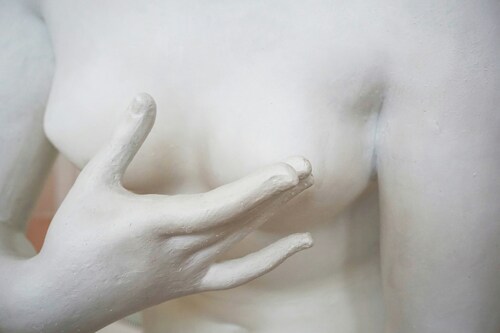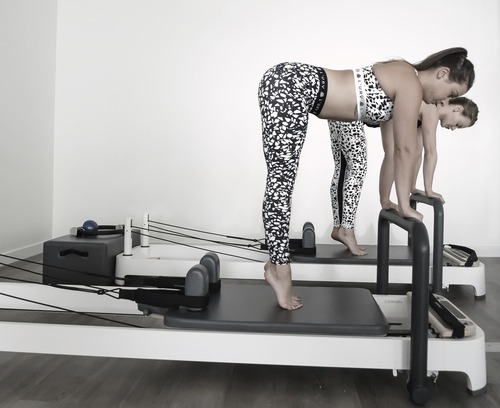In cosmetic surgery, options for enhancing one’s appearance have become increasingly diverse. Among these options, a natural augmentation method has gained popularity for its dual benefits: contouring one body area while enhancing another. Transferring fat to the breast has garnered attention for its ability to provide a more natural look and feel compared to traditional implants.
Fat transfer to the breast involves harvesting fatty tissue from one part of the body and injecting it into the mammary glands. This technique increases the bust size and shapes the donor area, often the abdomen, thighs, or flanks, providing a more balanced overall appearance. This method appeals to those seeking a subtle, natural enhancement without the use of synthetic implants.
Understanding the Procedure
The procedure begins with liposuction, gently removing fatty tissue from the donor area. This tissue is then processed to remove impurities and excess fluid, ensuring that only healthy cells are used for the enhancement. The purified tissue is carefully injected into the mammary area in small, precise amounts to achieve the desired shape and volume.
One of the significant advantages of this method is its dual benefit. Patients gain a fuller bust and enjoy the added benefit of body contouring. This natural approach can result in a softer, more natural feel than traditional implants, which can sometimes feel firm or unnatural. Additionally, since the tissue is from the patient’s body, the risk of allergic reactions or rejection is minimised.
Benefits of Choosing This Method
Opting for fat transfer to the breast offers several benefits over traditional augmentation methods. Firstly, the results are generally more natural-looking. The enhanced area mimics the natural softness and movement of natural tissue. This aspect particularly appeals to those who prefer a subtle enhancement rather than a dramatic change.
Secondly, the procedure includes the benefit of liposuction. This process sculpts the donor area, which can lead to a more aesthetically pleasing body contour. Many individuals find this dual benefit highly attractive, as it addresses multiple concerns in one procedure.
Thirdly, the risk of complications such as capsular contracture, which can occur with implants, is significantly reduced. Since the enhancement material is the patient’s tissue, there is a lower risk of complications commonly associated with synthetic implants.
Recovery and Results
The recovery period for this is typically shorter and less painful than that of traditional augmentation surgery. Patients may experience some swelling and bruising in the donor and recipient areas, but these symptoms generally subside within a few weeks. Most individuals can return to normal activities within a week, although strenuous activities should be avoided for longer to ensure optimal healing.
Results from the procedure can be seen immediately, but the outcome becomes more apparent once the swelling subsides. It’s important to note that not all transferred tissue will survive; the body will naturally absorb some. However, the surviving tissue will provide long-lasting results. Follow-up sessions may be required to achieve the desired volume and shape, but the overall patient satisfaction rate is high.
Fat transfer to the breast offers a natural and dual-benefit solution for those seeking enhancement. This method provides a more natural look and feel and includes the added benefit of contouring the donor area. By understanding the procedure, benefits, recovery, and potential risks, individuals can decide whether this option is right for them. This innovative approach continues to grow in popularity, providing a satisfying alternative to traditional augmentation methods.




